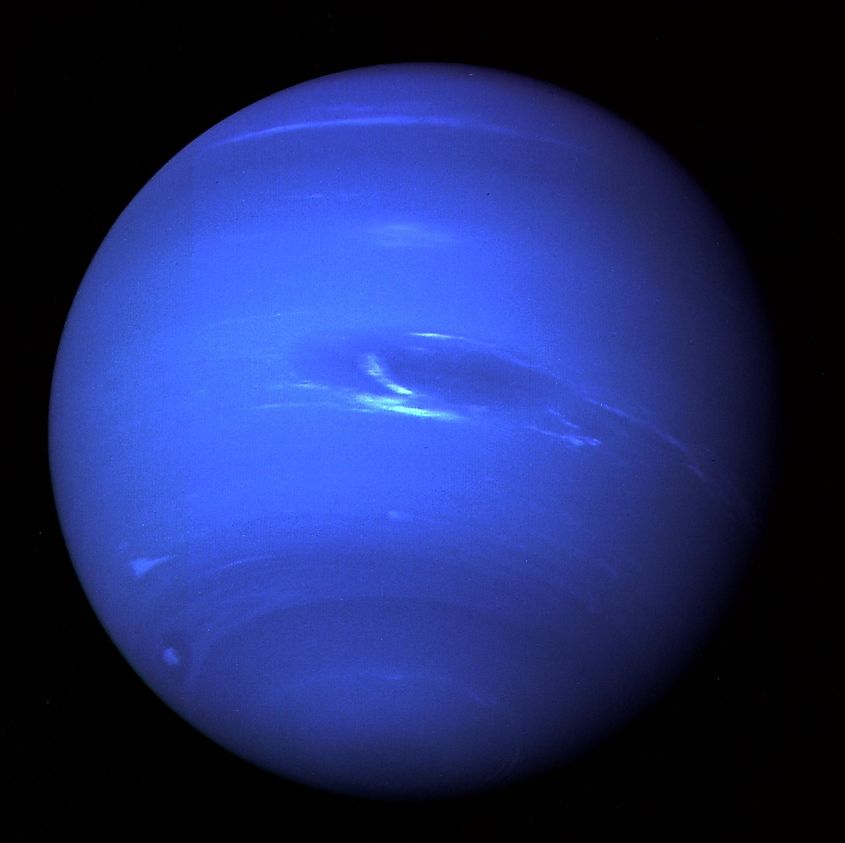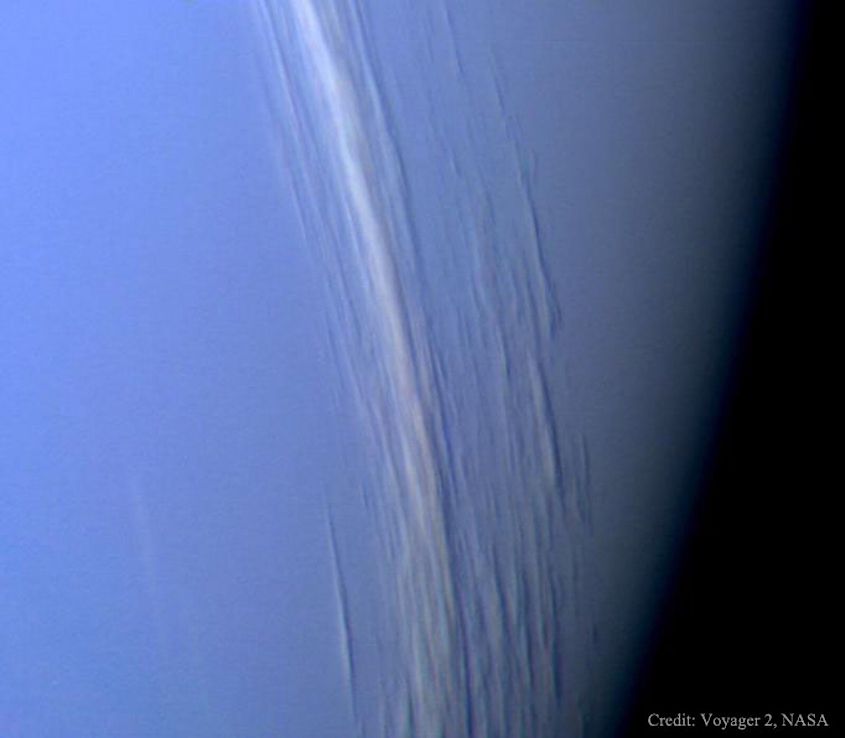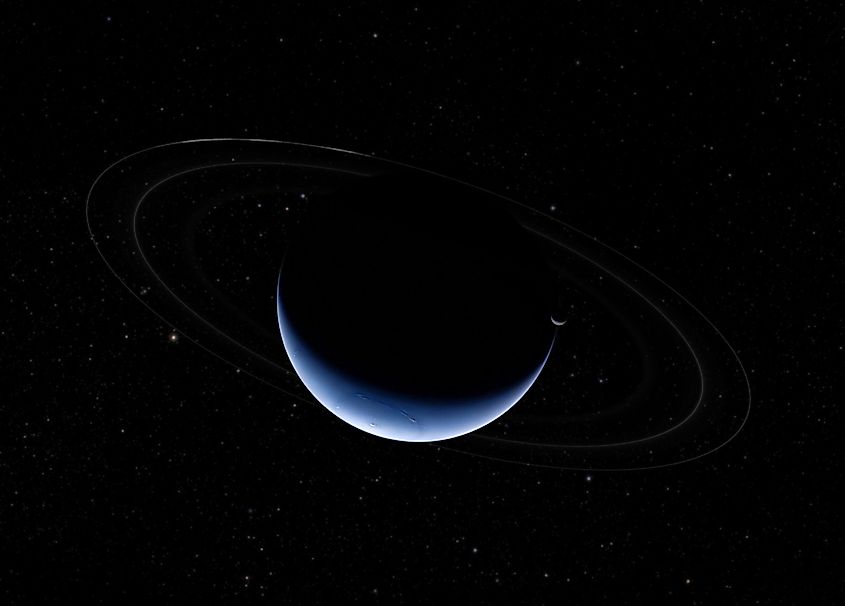
What Is The Farthest Planet From Earth?
The furthest planet from Earth is Neptune, located at an average distance of 2.7-billion miles (4.3-billion kilometres). Neptune is also the furthest planet from the sun, orbiting at an average distance of 2.8-billion miles (4.5-billion kilometres). At such a vast distance, it comes as no surprise that Neptune was the last planet to be discovered in our solar system. Interestingly, Neptune was the only planet to be discovered through mathematics rather than observation. In 1781, astronomer William Herschel discovered Uranus. However, for decades, astronomers could not explain the orbit of Uranus. Its orbit deviated by a small amount, and to explain these deviations, astronomers predicted in 1846 that another planet must be orbiting the sun beyond Uranus, its gravity tugging on the planet and causing its orbit to deviate by a small amount. When astronomers calculated the position of this new planet, telescopes quickly confirmed its existence. The newly discovered planet was named Neptune after the Roman god of the sea.
How Far Away is Neptune?

As stated earlier, the average distance between the Earth and Neptune is 2.7-billion miles (4.5-billion kilometres). However, this distance actually changes. Like every other planet, Earth and Neptune orbit the sun in ellipses. Rather than being perfectly circular, planetary orbits are elliptical, which can be thought of as egg-shaped or elongated circles. Thus, the distance between the planets varies over the course of their orbit. When a planet is at its closest approach, it is at perihelion. At its furthest approach, it is at aphelion. When Earth and Neptune are at their closest, the distance between them is 2.7-billion miles (4.3-billion kilometres). At their furthest, the distance between them is 2.9-billion miles (4.7-billion kilometres).
How Long Would it Take to Travel to Neptune?

To date, only one spacecraft has ever been to Neptune. In 1989, the Voyager 2 spacecraft became the first and only spacecraft to complete a flyby of the furthest planet. It took Voyager 2 about 12-years to reach Neptune moving at an average speed of 42,000-miles per hour (66,000-kilometres per hour). Even if you were to travel at the speed of light, which is the fastest known speed in the universe, it would still take about 4-hours to reach Neptune.
Is There a Planet Beyond Neptune?

While Neptune has been the farthest known planet for some time, it may not always have that title. There are some lines of evidence that suggest our solar system is home to another planet orbiting the sun far beyond Neptune. If confirmed, this hypothetical Planet Nine would be the farthest planet from Earth. Evidence for Planet Nine’s existence primarily comes from the orbit of asteroids and comets located in the Kuiper Belt and Oort Cloud. Like how deviations in Uranus’s orbit were explained by the presence of Neptune, deviations in the orbits of Kuiper Belt Objects suggests that another planet exists in the far outer regions of the solar system. The estimated distance to Planet Nine is a staggering 56-billion miles (90-billion kilometres). That would make Planet Nine over 20 times further than Neptune.











